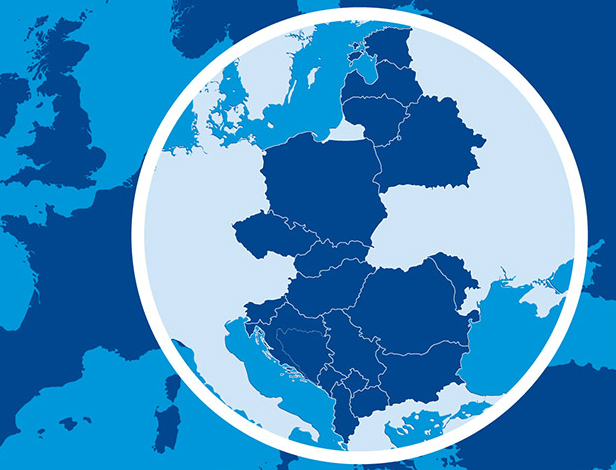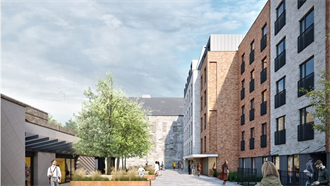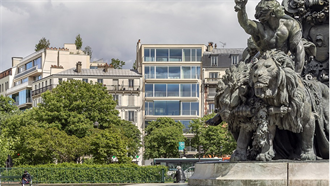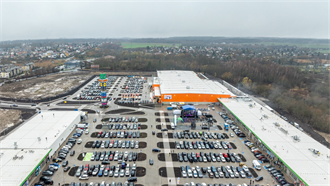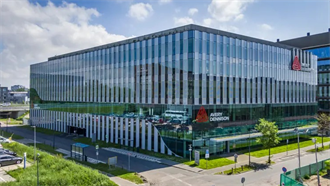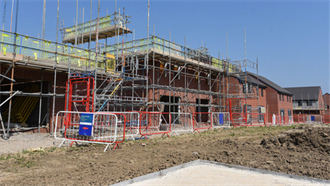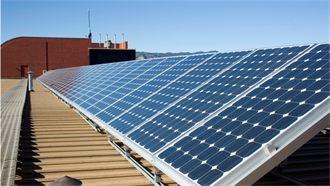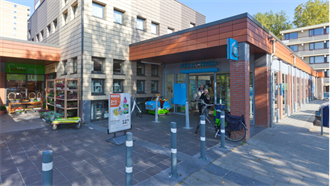It took a decade, but investment flows to Central and Eastern Europe reached an all-time high of €13.1 bn last year, beating by a whisker the previous record figure of €13 bn reached in 2007 before the financial crisis.
It is a sign of the strength of these high-yielding markets, experts agreed at the PropertyEU CEE Capital flows and investment opportunities briefing, which was held at Mipim last week.
The numbers speak for themselves: investment flows grew from €8.9 bn in 2015 to €12.2 bn in 2016 to €13.1 bn last year, a figure higher than expected thanks to a very strong Q4 with flows of €5.5 bn in the last three months of the year.
This end-of-year surge augurs well for 2018, said Mark Robinson, CEE Research specialist, Colliers International: ‘Positive consumer sentiment on the back of strong GDP growth points to a new record in investment flows this year, with an additional €1 bn to €2 bn expected, and this trend is set to continue into 2019.’
The six CEE countries are all recording economic growth of between 4% and 7%, well above that of Western Europe. ‘This is positive news for all the major commercial real estate sectors,’ said Robinson. ‘Obviously retail because people have more money in their pockets, but also offices and logistics.’
Risk of inflation looms
Inflation pressures are building up, but so far there is a wide gap between wage growth and inflation – in Hungary, for example, salaries have risen 10% while prices have increased by 2% - so people really do have more money to spend.
No wonder retail remains the strongest and most sought-after asset class with a 20% increase last year, followed by offices which after a decline in 2017 are expected to bounce back this year.
Logistics is another fast-growing sector, as shown by the recent massive platform deals. One of them was the acquisition of CEE specialist P3 Logistic Parks by Singapore’s sovereign wealth fund for €2.4 bn.
‘We used to be owned by Bahrein, then Texans and Canadians, now it is Singapore,’ said CEO Ian Worboys. ‘I think there will be more market-changing deals. Poland was the first to be recognised, but now other countries in the region are seen as safe investment destinations. The whole of CEE is being seen as an opportunity.’
The region’s strategic location as a bridge between East and West makes prospects for logistics very bright, whether it is Amazon setting up distribution centres or China investing in infrastructure for the new Silk Road.
Lack of supply
‘Industrial and logistics are only hampered by lack of supply,’ said Luke Dawson, managing director, head of capital markets CEE, Colliers International. ‘If we had large portfolios to sell, we would sell them tomorrow.’
Demand is such that the market has become very competitive, said Martin Sabelko, MD Austria, Warburg-HIH Invest Real Estate: ‘The advice is to step in as early as you can if you want to secure a property. I think retail parks will be converted into last-mile logistics. Conversion is the big trend for the future.’
Another sign CEE markets are maturing is that foreign investors are moving beyond the estabilished sectors and are beginning to look at alternative asset classes like student housing. ‘We have chosen to be in vibrant cities where young people want to live, to study and work for a while,’ said Horst Lieder, CEO, International Campus. ‘We have invested in Prague and Budapest and are looking at other cities like Krakow. The fundamentals are good and domestic demand is strong, which is essential for our business model to work.’

